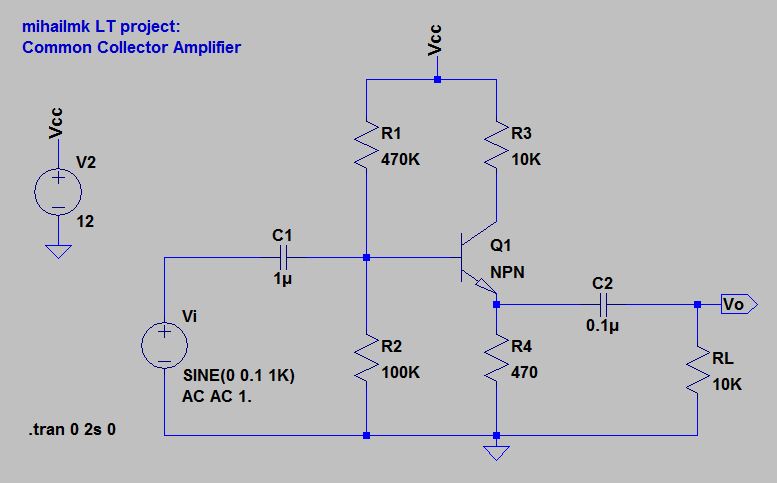The "feedback" as term, means beloved procedure of proceeding the signal from the load circuit (the output or the response circuit) to the source of the excitation signal (the input of the amplifier), in order to achieve required characteristics of the this way configured circuit (or device). As an example of undesirable coupling between the output and the input of the circuit is the reaction from the collector of the bipolar transistor, which for real is a bilateral element, is executing in the circuit of the base of the same transistor. Whether the reaction of the output on the input according to its character will be a positive or a negative, depends exclusively from the phase of the reaction signal in terms of the input signal. Further more, if the elements in the circuit are frequency dependable, the reaction will depends on the frequency too. That's the reason why one basic negative feedback at some frequencies can transform into a positive feedback. In that case, we have a instability of the negative feedback system.
The general structure of the feedback system is shown on Picture 1. The feedback connection is derived trough the B(w) block. In case of negative feedback (Xi < Xs) it's obviously that the total amplification Af = Xo/Xs is lower than the case when no feedback is applied to the amplifier.
Picture 1: Negative feedback amplifier system
If the amplifier and feedback blocks shown on Picture 1 may be considered as unilateral segments of the whole system, then, we can write these relations:
Xo = A(w)Xi;
Xi = Xs - Xf;
Xf = B(w)Xo;
where Xo is the output signal, Xi is the input signal and the Xf is the reaction or feedback signal. A(w) is the amplification of the amplifier depend on the frequency and the B(w) is the transfer function of the feedback block depend on the frequency of the signal. So, if we combine these relations, we can derive:
Af(w) = Xo/Xs = A(w)/(1 + B(w)A(w))
The expression:
T = B(w)A(w)
is the amplification of the contour A -> B -> A, that's why it's called a circle amplification. From the other hand, the expression:
F = 1 + B(w)A(w) = 1 + T
it's called function of the feedback connection.
The reaction signal Xf can be produced from the output of the amplifier on different ways. Therefore, we can distinguish:
1. Voltage negative feedback: when the reaction signal is proportional to the output voltage;
2. Current negative feedback: when the reaction signal is proportional to the current that flows through the load connected to the output of the amplifier;
From the other hand, depending on the way of bringing the reaction signal to the input of the amplifier, the feedback can be:
1. Serial feedback: when the reaction signal is added to the input signal in series;
2. Parallel feedback: when the reaction signal is added to the input signal in parallel.
The application of the negative feedback has important role in the overall characteristics of the basic amplifier A(w). In general, we can state that the negative feedback:
- A. Decreases the non-linear distortions of the output signal from the amplifier and is practically the only technique for their reduction;
- B. Expands the frequency range of the amplifier so that for the frequency limits we can write: fLf = fL/F and fHf = fH x F; where F is the function of the feedback connection, fL is the low frequency and fH is the high frequency of the basic amplifier without feedback;
- C. Decreases the sensitivity of the noise generated in the amplifier;
- D. Increases the sensitivity of the amplification of the changes which can be expressed with the relation: dAf/Af = 1/F(dA/A);
- E. Changes the input and output impedance of the base amplifier depending on the feedback configuration. Therefore, if the currents of the reaction and the input are in phase, then the input impedance is decreased Zif = Zi/F, or, if we gather voltages on the input, then the input impedance increases Zif = ZiF. From the other hand, when the output signal is the output current, the output impedance increases Zof = ZoF, and when the output signal is the output voltage the output impedance decreases Zof = Zo/F.
In general, we can derive more different feedback configurations when we have a system with multiple amplification segments, and that are so called local feedbacks, in case when we apply a single feedback on every amplification segment separately, or the common global feedback, which is applied on several amplification segments.
We can apply a serial-voltage feedback with connection of resistor Rf and capacitance Cf between the output Vo and the emitter of the transistor from a given amplification segment. The negative parallel-current feedback is applied when we connect Rf and Cf in serial combination between the emitter and the base of the transistors (from different or from same segment).































